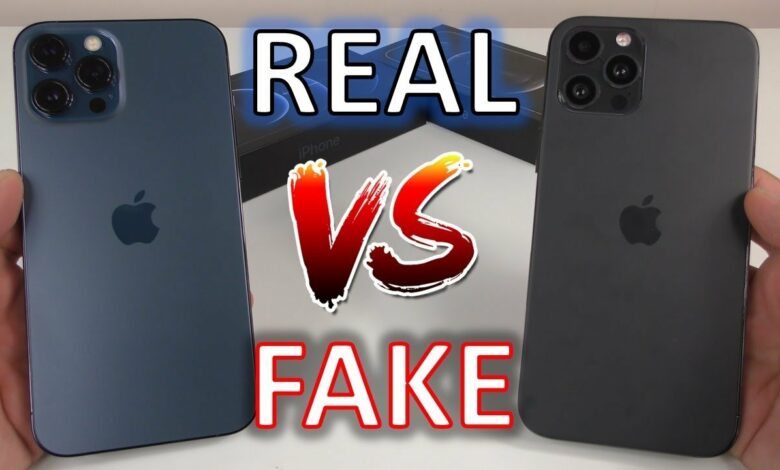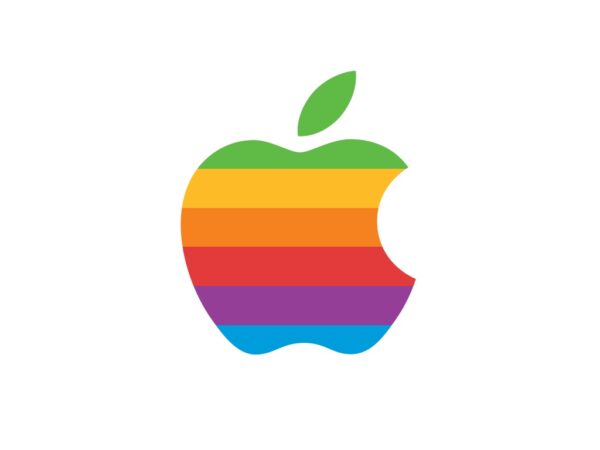Identify a fake Apple iPhone and how to authenticate it for 2021.

Among Apple’s most valuable products is the apple iPhone, which is synonymous with premium products. Apple’s iPhone is famous for several reasons, including its excellent quality, easy to use, and aspirational nature. With the growing popularity of the iPhone, counterfeiters can sell cheap imitations.
A majority of fake iPhones and Apple accessories are now advanced to the point that they are sometimes difficult to detect.
Before you purchase a genuine Apple iPhone or accessory, check the following features to recognize a fake iPhone:

-
Be attentive to the physical appearance.
Checking the physical appearance of an iPhone is one of the easiest ways to determine whether it is authentic or not. Apple devices are designed to be flawless. Fake iPhones tend to have cheaper hardware, and the iPhone is a fake if the hardware is flimsy. No matter what model you choose, holding an iPhone will give you a sense of satisfaction.
Metal and glass usually make up the iPhone hardware, although some high-end models have matte finishes. In this case, the Lightning connector is situated below the buttons and logo instead of a USB-C/A port. Find out the iPhone’s colour, a detail that counterfeiters often overlook.
Apple sells the iPhone in specific colours depending on the model, and replicating those colours is difficult. If you do your homework before meeting a seller, it’s easy to find a fake iPhone.
- Go to an Apple store.
Consider visiting your local Apple store before purchasing an iPhone. See how it looks and feels firsthand. Touch it and feel how it feels. The seller should raise a red flag if they attempt to sell you a used iPhone for a low price. The official Apple website is another way to verify the authenticity of the iPhone. List the features and specifications that could determine the purchase decision of an iPhone.
-
Verify the IMEI or serial number.
The IMEI or serial number should be present on all genuine iPhones. It will let you know whether you are buying a new or refurbished iPhone. You can find the IMEI number under about in Settings by tapping “General” and then “About.” (See this Apple Support Page for where to find IMEI numbers for various models) Fake iPhones lack an IEMI or serial number.

-
Make sure the OS is up-to-date.
The iPhone’s operating system is what makes it so unique. Apple’s iOS operating system is proprietary, unlike other smartphones that are powered by Android. The counterfeit iPhone sometimes features an Android operating system but is disguised as an iPhone to fool consumers.
In this way, fake iPhones appear to be genuine. Buying an iPhone is a significant investment, and be sure to inspect the device carefully before purchasing. Make sure you have default apps like Safari, Health, and Calculator on your iPhone. Take a look at the App Store and download several apps.
-
Make sure Siri is installed
Ideally, the seller will tell you whether Siri works on the iPhone, and Apple devices are the only ones with Siri. You are being scammed if the iPhone does not come with a built-in Siri.
-
Observe the capacity of the storage.
Due to its small internal memory, the iPhone does not have a microSD card slot. Faux iPhones usually have expandable storage. Fake iPhones support microSD cards!
How to identify a fake power adapter and charger
In the company’s support section, users can identify a genuine accessory for power adapters and chargers. Apple designs a legitimate charger, and either it was assembled in China or Vietnam, followed by a 12-digit serial number. Most adapters are white and are certified by UL, a Northbrook, Illinois-based global safety and certification company.
Moreover, Apple’s power adapters/chargers are packaged properly. Furthermore, Apple accessories, like chargers and power adapters, are expensive. One 20W USB-C power adapter for the iPhone, for instance, costs Rs 1900. It’s extremely cheap to purchase fake Apple accessories.
The third-party makers of Apple accessories can be bought from Apple. Don’t forget, however, to buy only accessories that have been certified by Apple, with the words “Made for iPhone” or “Made for iPhone, iPad, iPod” clearly labelled.
Also, you want to make sure the Lightning cable you purchase is MFI-certified if you’re buying it for your iPhone, iPod, or iPad. Made for iPhone/iPod/iPad means the cable is MFI-certified. Apple requires accessory makers to go through a stringent approval process to sell MFI-certified accessories.
edited and proofread by nikita sharma




